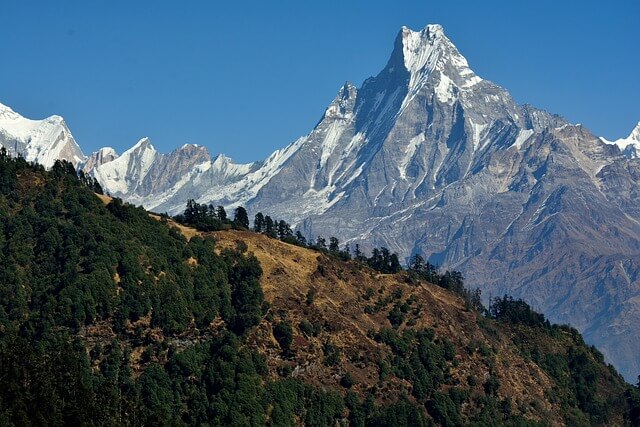The Himalayas, known as the “Roof of the World,” is one of the most environmentally significant regions on the planet. This vast mountain range, home to some of the world’s highest peaks, including Mount Everest, harbors an incredibly diverse ecosystem. From snow-capped peaks to subtropical forests, the environment of the Himalayas supports unique flora, fauna, and human cultures. However, this delicate ecosystem is increasingly at risk due to various environmental challenges.
The Himalayas, with its tall mountains and unique wildlife, are very important for our planet. The region is home to animals like snow leopards and red pandas. However, the environment in the Himalayas is facing problems. Climate change is causing glaciers to melt, which affects water supplies for millions of people. Deforestation and human activities, like farming and building roads, are causing land to erode and increasing the risk of floods. To protect the Himalayas, we need to use sustainable methods like eco-tourism, planting more trees, and using natural farming practices. Taking care of the Himalayas is important for both nature and the people living there.
